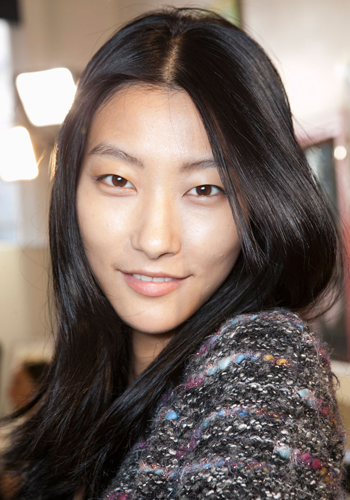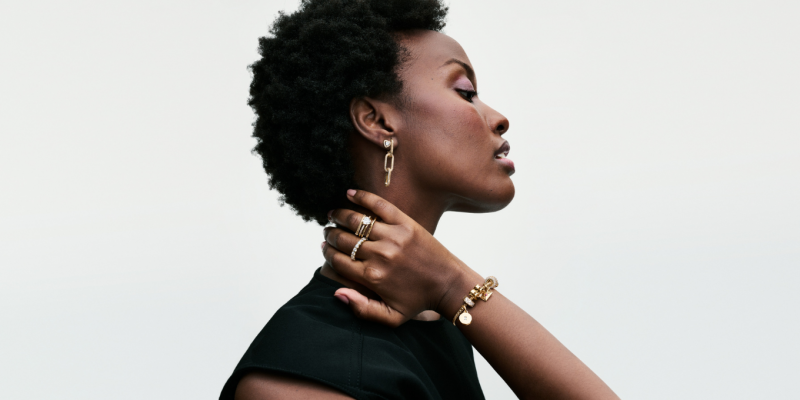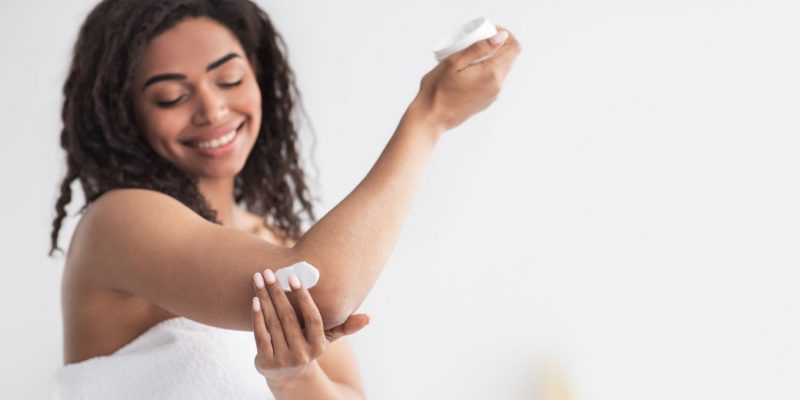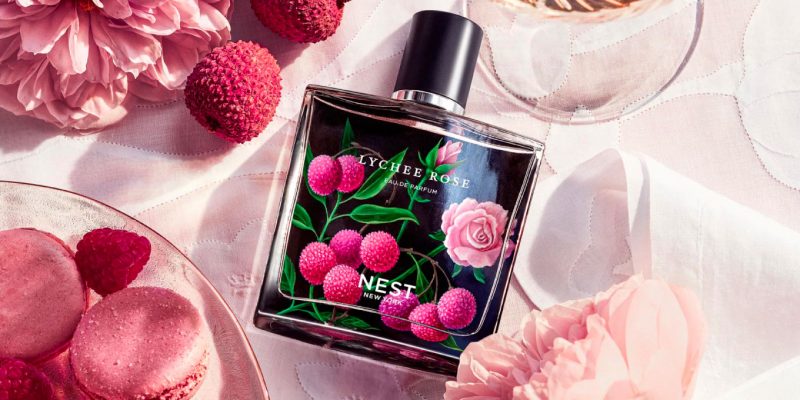Beauty
Beauty fix: Prevent the signs of aging
There's a first time for everything ... how to deal with and prevent those first signs of aging.
by : Joana Lourenco- Mar 27th, 2013

Q: I’ve spotted my first wrinkle and I’m not handling it well. Can you help?
Our favourite know-it-all, the Dowager Countess, may not agree with your level of panic, but once fine lines or wrinkles start appearing (usually when we’re in our late 20s or early 30s), it’s a great opportunity to put a good skin-care regimen to work.
First, commit this to memory: While there are some genetics at play, sun damage is largely responsible for how your skin ages. In other words, make sunscreen your bestie.
"Ultraviolet-radiation exposure creates free radicals [also known as oxidants] in the skin," explains Julia Carroll, a dermatologist at Compass Dermatology in Toronto.
"These damaged molecules have lost an electron, and as they hunt for another electron, they can activate enzymes that break down collagen."
SLIDE SHOW: Your best DOUBLE-DUTY face products
Another (gross) cause of premature creases? Smoking, which constricts blood flow and accelerates aging. Repeatedly using facial muscles (something required if you wish to be normal) can lead to wrinkles too. If you are a frowner, then the glabellar lines-the ones on your forehead between your eyes-will appear first. If you squint often, you’ll see crow’s feet first.
Sunscreen as part of your daily routine is essential for prevention; look for products that contain antioxidants. "Antioxidants pair with the free radicals and neutralize them before they can cause damage," says Carroll. "They’re also involved in collagen production, so, over time, they help to firm and brighten skin."
She suggests applying a product that contains vitamin C, such as SkinCeuticals Phloretin-CF ($160), under your SPF. Finally, be sure to use moisturizer as fine lines and wrinkles are more visible when your skin is dry.
Q: Jil Sander spots on the catwalk this season = adorable. Spots on my face = not so much. What can I do?
Age spots, which are also known as dark spots or solar lentigines, are dark patches caused by years of exposure to UV rays. You’ll find them on the face, hands, chest and arms. They usually appear when you’re in your mid-to-late 30s (earlier if you’re a sun worshipper. Note: Stop doing this).
It’s always a good idea to check in with your dermatologist to rule out any possibly serious skin issues. Your first step should be to incorporate sunscreen into your routine. According to Carroll, a good sunscreen alone can decrease pigmentation and help prevent new spots.
ANTI AGING MUST: The best RETINOL products
"Age spots contain melanocytes, which are pigment-making cells," she explains. "When exposed to UV radiation, the skin tries to protect itself by making more pigment, which causes age spots to get darker."
Discover more tips to prevent signs of aging on the next page…
 Look for a
Look for a
broad-spectrum sunscreen that covers UVA and UVB, with an SPF of at least 30.
Along with sunscreen, Carroll recommends a dark-spot correcting serum, such as the new Mela-D Pigment Control ($55) by La Roche-Posay.
"It has a combination of kojic and glycolic acids, which can help to fade brown spots and skin discoloration," she says.
For an immediate concealing effect, look for formulations containing titanium dioxide, like Alyria Brightening Complex ($80), which reduces the appearance of dark spots and creates a more even complexion.
Q: I’ve just discovered silvery strands in my hair. I know that celebrities and fashion minded ladies dyeing their hair grey is a thing, but it’s not for me. What are my options?
First things first: Whatever you do, don’t pluck! Repeatedly plucking grey hair can damage the follicle, possibly leading to a bald patch.
To quickly conceal the stray greys that crop up first around the temple and the hairline, you can use a coloured hair powder or liquid, such as Bumble and Bumble Hair Powder ($23.50) or Oscar Blandi Pronto Colore Root Touch-Up & Highlighting Pen ($23).
6 BAD HAIR HABITS you need to break for healthy hair
If your hair is less than 50-percent grey, consider a semipermanent colour, which Luis Pacheco, colourist and owner of Hair on the Avenue in Toronto, recommends due to the low commitment factor. The colour coats the hair follicle and slowly fades away (within about 28 shampoos).
For home, Pacheco suggests Clairol Natural Instincts ($11.49), which is ammonia-free and contains antioxidants that help to prevent hair damage during the colouring process.
If you want that grey gone for good, look for products that offer 100-percent coverage, such as John Frieda Precision Foam Colour ($15).
"Synthetic hair-colouring systems work in two phases," says Alain Larivée, a Montreal-based style expert at John Frieda. "First, the cuticle is opened and the natural pigment is lightened. Then, the artificial colour pigment is deposited into the cortex and cuticle layers of the hair."
Larivée recommends choosing a shade that is closest to your natural hair colour, which will make regrowth less obvious. (Roots should be touched up every four to six weeks.) Finally, be sure to use a sulphate-free shampoo to keep colour from fading, like Pureology Hydrate Shampoo ($28.50).
Read more:
Spring beauty lust list: What we’re coveting right now
Manicure lesson: 6 unhealthy nail habits
Fresh fragrances: 10 invigorating scents for the spring season
7 great products for sensitive skin
Newsletter
Join our mailing list for the latest and biggest in fashion trends, beauty, culture and celebrity.
Read Next

Fashion
H&M's Latest Designer Collab With Rokh Just Dropped (And It's So Good)
We chatted with the emerging designer about the collaboration, his favourite pieces and more.
by : Melissa Fejtek- Apr 18th, 2024

Culture
5 Toronto Restaurants to Celebrate Mother’s Day
Treat your mom right with a meal at any of these amazing restaurants.
by : Rebecca Gao- Apr 18th, 2024

Fashion
This Jewellery Brand Has a Whole New Look And It’s Everything
Here are the seven pieces we’re coveting.
by : ELLE Canada- Apr 10th, 2024




